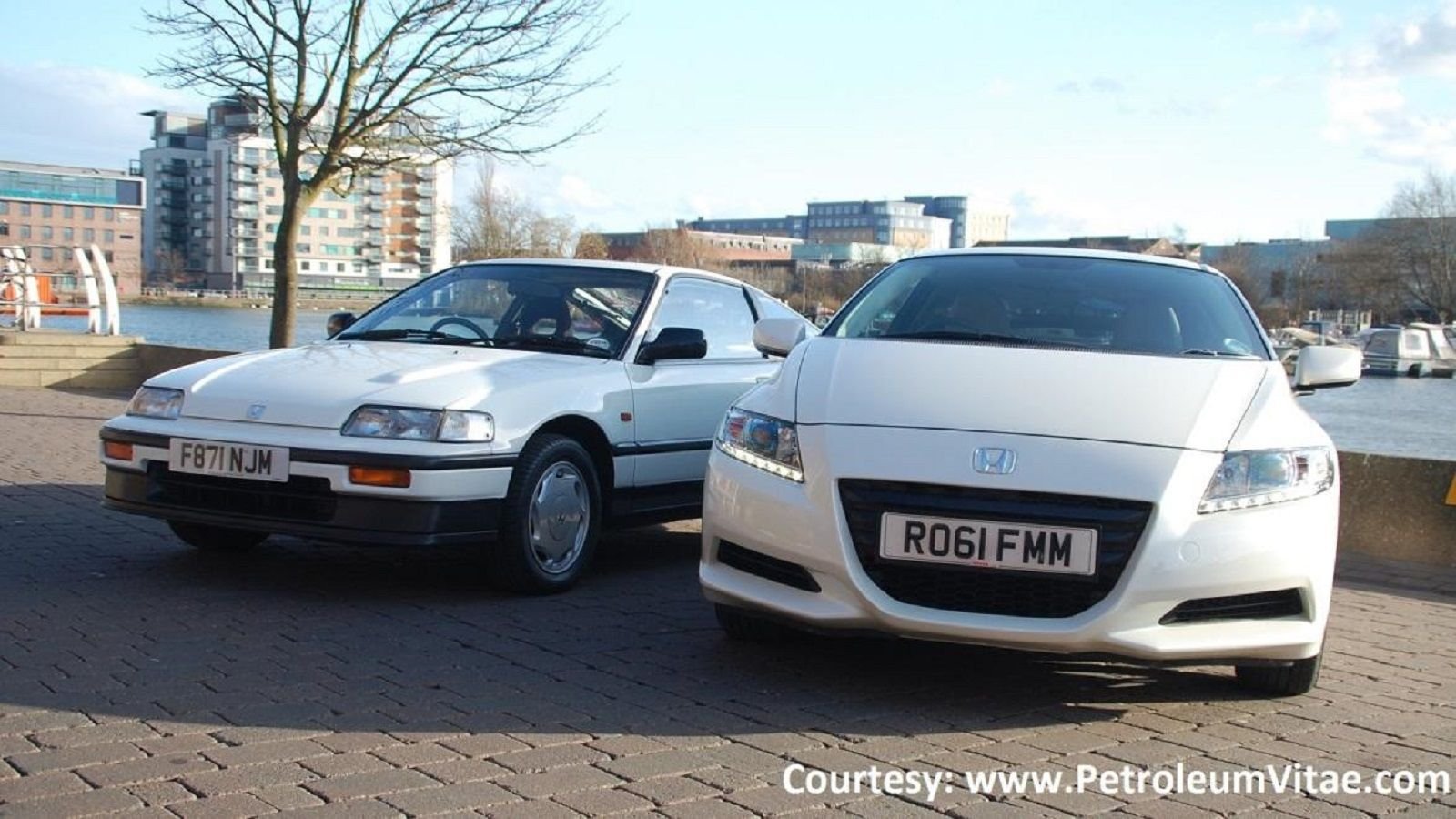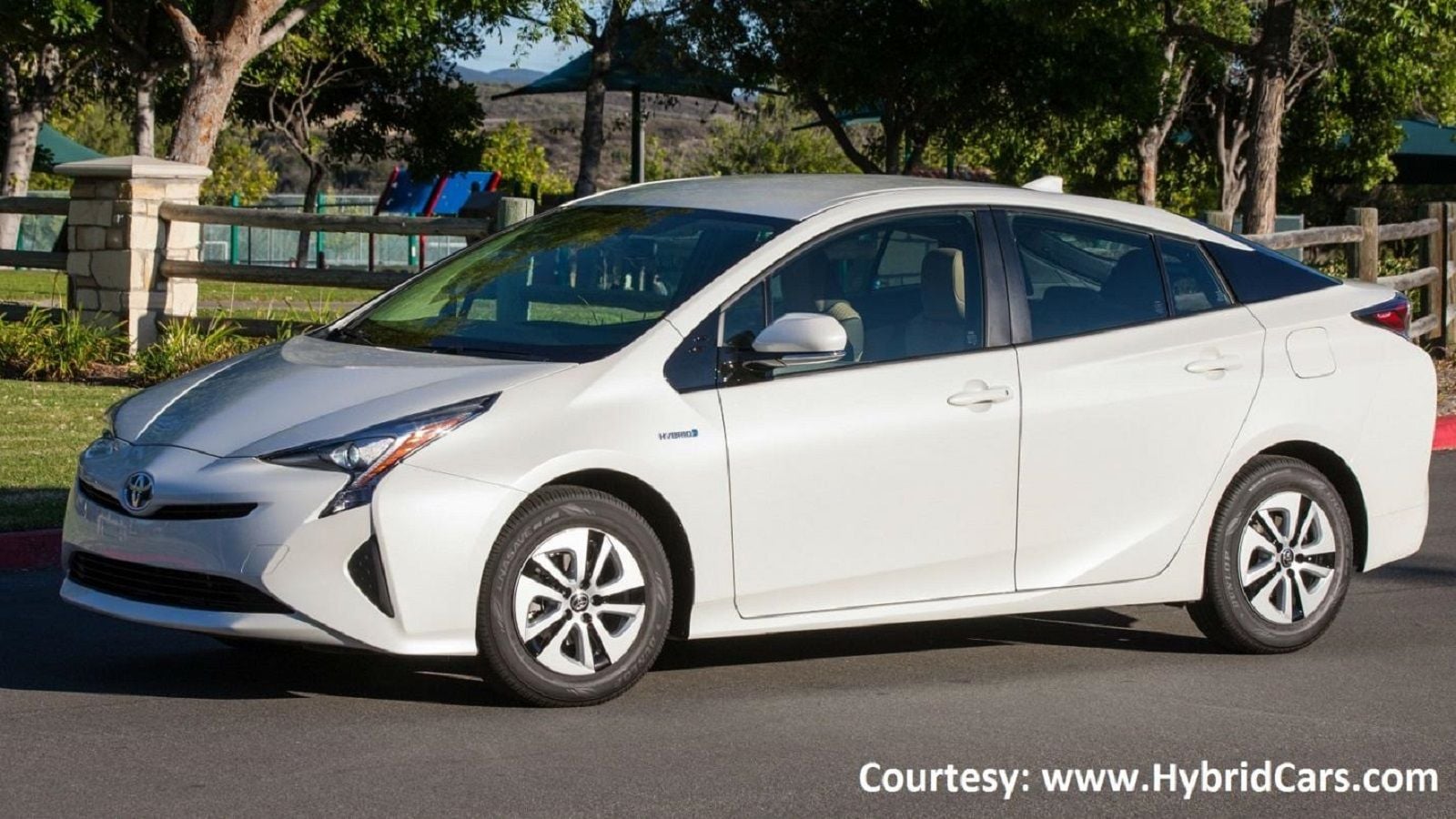5 Reasons Why the CR-Z was Doomed to Fail












CR-Z? More like CR-Y
Yes, Honda has finally killed off the long in the tooth CR-Z. As of 2017, it will be no more. Stating slow sales, and no desire to design a follow up model, it's the end of the road. How did the younger brother of the venerable CR-X end up like this?
1. Cost
This vs. That.
Much like the CRX, the CRZ was a “cheap” car, starting at around $20,000. That’s great until you realize that Honda’s own class leaders, the Fit and Civic, undercut it by several thousand dollars. So why is it cheap? That hybrid powertrain inflated the cost due to the relatively new for the time technology involved. The problem with that is that corners were cut elsewhere to shove that fancy hybrid tech in a low cost, low volume car. The interior wasn’t as nice as consumers were expecting, and for reasons unknown, U.S. market cars had the back seats deleted, and replaced with an area that couldn’t even by used as additional trunk space.
2. Engine
CRZ 1.5L SOHC i4-hybrid engine: booooring.
The original CRX was never a powerhouse, with the U.S. getting a detuned engine making 108 horses, but at least it was light. What did 20 years of progress get its successor? The answer was a paltry 130 horsepower from a combined gas engine and hybrid powertrain. Why oh why could they not stick even a slightly detuned K20 in there? With about 200 horsepower, this would have been worthy of our attention.
3. Weight
CRXs are still coveted for amateur motorsport. The CRZ? Not so much.
I'm surprised more CRXs didn't blow away when there was a light breeze. At 1800 lbs, they didn't need much power to haul ass through the corners. Sure, modern cars have to pass much more rigorous crash test standards, but the CRZ was hardly even a lightweight by modern car standards, which made motivating it with those tired 130 horses even more difficult. That hybrid powertrain carries a big weight penalty in the form of several hundred pounds.
4. Lack of Updates
What model year is this? Nope, you're wrong, it's a Japanese-spec 2016 model.
Where was the Si model (with the aforementioned K20)? Where was any appreciable update to the car at all over its entire lifespan? It's like Honda let the car intentionally flounder and struggle to catch the eyes of buyers. Can you honestly tell the difference between a 2011 model and a 2016?
5. Lack of completion
This is more interesting to look at than a CRZ.
What cars were Honda even looking to compete with when they were designing the CRZ? It's not a hot hatchback, but it didn't offer the exceptional fuel economy of other hybrids like the Prius. Without a clear direction, or concept of what the car was, and who the car appealed to, there was no good way to market it, or room to grow. A lack of competition provided little impetus to change anything about this slow-selling, forgettable car.
